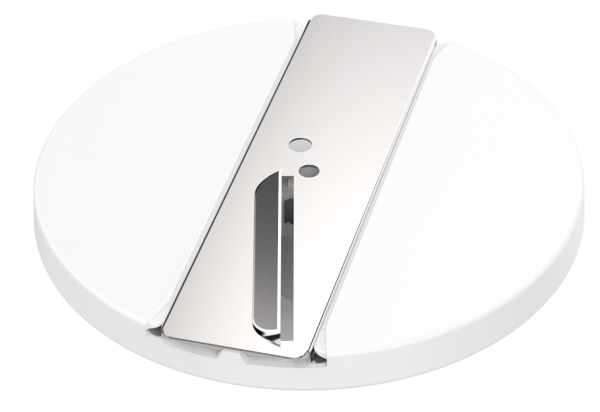The Spanish market is known for its culinary diversity and innovation, demanding versatile kitchen appliances that can satisfy the needs of both professional chefs and home cooks. In this context, the debate between stand-alone food processors and combination products that integrate a food processor with a BLENDER is on the rise. Understanding their respective advantages, disadvantages, and use cases can guide an informed purchasing decision.
Stand-alone food processors excel in terms of versatility and capacity. They are designed for tasks such as slicing, grating, chopping, and blending, making them an indispensable tool in kitchens that require consistent texture and flavor in dishes. Their larger bowls and powerful motors accommodate larger batches, making them suitable for restaurants and catering where volume is key. However, they can lack liquid blending capabilities, often requiring a separate blender for smoothies, soups, and purees.
Combination products, on the other hand, offer a space-saving solution by integrating two functions into one unit. They cater to both the need for blending liquids and the need for processing solid foods, providing a one-stop solution for kitchens with limited countertop space. blender attachments turn a food processor into a versatile kitchen tool capable of handling a wider range of recipes. However, this convenience often comes at a higher price, which can compromise the power and capacity of a dedicated food processor.
For professional chefs in Spanish restaurants seeking unparalleled versatility and capacity, standalone food processors are often the first choice. Their sturdy construction and specialized attachments ensure precision and efficiency in food preparation. For home cooks or small operators looking to maximize space and budget, combination products are a compelling alternative, offering dual functionality without the need for separate appliances.
The choice between a standalone food processor or a combination product depends on the specific needs of the Spanish market. Considering factors such as versatility, capacity, space savings and price will guide a purchasing decision tailored to individual needs.


 WhatsApp:
WhatsApp: Mobile Phone:
Mobile Phone: Contact Now
Contact Now